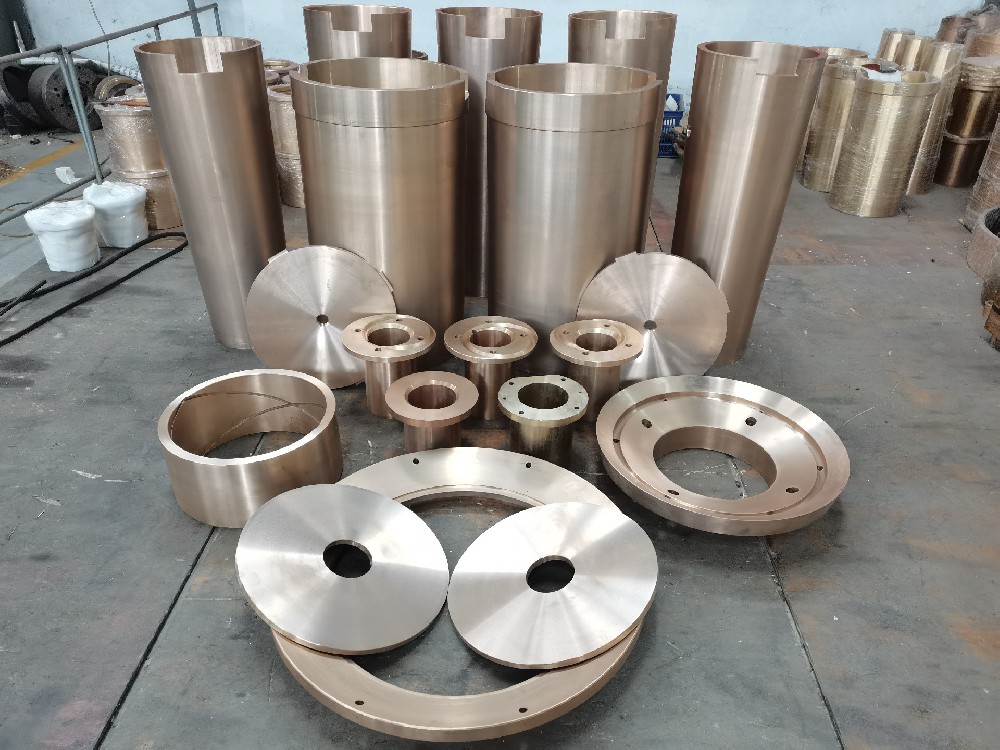Connecting rod bushings are classified in many ways in the machinery industry, mainly based on their material, structure and purpose. The following are several common classifications of connecting rod bushings:
Ordinary connecting rod bushings:
Material: Generally made of copper or copper alloy.
Features: Good wear resistance, suitable for connecting rod parts in ordinary mechanical equipment.
Oil-containing connecting rod bushings:
Material: Copper or copper alloy containing lubricating oil.
Features: Excellent self-lubricating performance, reduced maintenance requirements, suitable for equipment that needs to run for a long time.
High-strength connecting rod bushings:
Material: High-strength copper alloy (such as copper-chromium-zirconium alloy) is used.
Features: It has higher strength and wear resistance and is suitable for high-load and high-speed mechanical equipment.
Copper-graphite connecting rod bushings:
Material: Graphite powder is added to the copper base material.
Features: The self-lubricating properties of graphite enable it to maintain good lubrication performance under high temperature and high pressure conditions, and is suitable for harsh working conditions.

Multi-layer composite connecting rod bushings:
Material: Multi-layer structure, composed of a copper base material and other metal or alloy layers (such as aluminum and tin).
Features: It combines the advantages of each layer of materials, such as high strength, wear resistance, self-lubrication, etc., and is suitable for high-performance mechanical equipment.
Bimetallic connecting rod copper sleeve:
Material: Made of two metals such as copper and steel through a composite process.
Features: The outer layer of steel provides high strength, and the inner layer of copper alloy provides good lubrication and wear resistance, which is suitable for heavy-load and high-impact mechanical equipment.
Different types of connecting rod copper sleeves are widely used in automotive engines, industrial machinery, agricultural equipment, construction machinery and other fields according to their unique characteristics and application requirements.
| Previous:What are the sintered bronze bushings? | Next:Advantages and applications of bronze bushings |




 Copyright © 2022
Copyright © 2022